How to Enhance Your Food Photography Skills!!
Food photography is a captivating art form that can elevate your food blog, social media presence, or even your restaurant’s menu. As a beginner, you might feel overwhelmed by the technicalities and nuances of this craft, but with these tips, you’ll be well on your way to creating stunning food images.
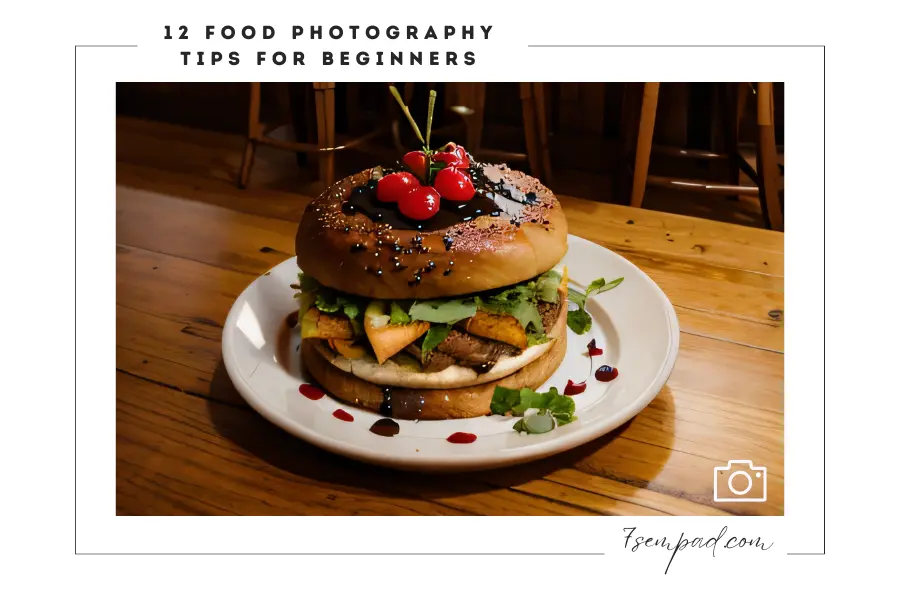
- Use natural light: Natural light is the most affordable and accessible light source, and it creates a soft, warm glow that enhances the colors and textures of your food.
- Choose the right camera: You don’t need an expensive camera to take great food photos. Start with a smartphone or a point-and-shoot camera, and upgrade to a DSLR or mirrorless camera as you progress.
- Know your angles: Experiment with different angles to find the most appealing presentation of your food. Common angles include table height, 45-degree angle, and overhead shots.

- Use the Rule of Thirds: This composition technique helps you create more dynamic and engaging images by placing the main subject off-center.
- Use the color wheel: Understanding color theory can help you create visually appealing and harmonious images.
- Find your style: Experiment with different compositions, lighting, and editing techniques to find your unique style.
- Shoot in RAW format: Shooting in RAW format allows you to make more extensive edits to your images, resulting in better-quality photos.
- Edit your photos: Use photo editing software to enhance your images by adjusting brightness, contrast, saturation, and white balance.
- Use props: Neutral props that keep the focus on the food are best. Avoid busy patterns on plates, and use props that complement the food.
- Maintain a tidy background: A clean background helps to avoid distractions and keeps the focus on the food.
- Consider incorporating movement: Showcase pouring, sprinkling, or other actions that add motion to your images.
- Showcase your restaurant design: If you’re a restaurant photographer, showcase the restaurant’s design to enhance the brand awareness among customers.

Remember that practice is key to improving your food photography skills. Start by photographing your meals or dishes you prepare at home, and build a portfolio showcasing your best work. With time and patience, you’ll develop your unique style and create stunning food images that will captivate your audience.
FAQ:
What equipment do I need for food photography?
- A DSLR camera or high-quality mirrorless camera will give you the most flexibility and control. However, you can get started with a good smartphone camera too.
- Invest in a few key lenses like a 50mm prime lens and a macro lens for close-up shots.
- Other useful tools include a tripod for stability, reflectors or diffusers to control lighting, and simple props/backdrops.
How do I get the right lighting for food photos?
- Natural window light is a great starting point for evenly lit, soft lighting on your food subjects.
- You can use sheer curtains or diffusers to soften harsh direct sunlight.
- Explore using a reflector to bounce light and fill in shadows.
- As you advance, invest in studio lights and light modifiers for more controlled lighting.
What are some food styling tips?
- Use fresh, unblemished ingredients at their peak quality.
- Pay attention to plating, angles, layers, and negative space for visual interest.
- Add texture with garnishes like herbs, sauces, or crumbs.
- Style things like steam or milk splashes to add movement.
- Tell a story by incorporating relevant props like utensils or napkins.
How can I improve my food photography composition?
- Use the rule of thirds to create balanced, off-center compositions.
- Get low with your camera angle to capture food at an appetizing perspective.
- Frame your shots thoughtfully and watch for distracting backgrounds.
- Play with depth of field to control focus and bokeh.
What camera settings should I use for food photography?
- Aperture priority mode allows you to control depth of field.
- Use a narrower aperture like f/5.6 for more overall focus.
- Or use a wider aperture like f/2.8 to blur the background.
- Adjust ISO for a proper exposure, preferably keeping it low.
- Use a faster shutter speed to freeze action if needed.
What are some food photography editing tips?
- Shoot in RAW format to have more editing flexibility.
- Subtly adjust white balance to get natural tones.
- Increase contrast, clarity, and vibrancy to make your food look appetizing.
- Use selective editing adjustments with brushes and gradients.
- Be careful not to oversaturate or overprocess your images.
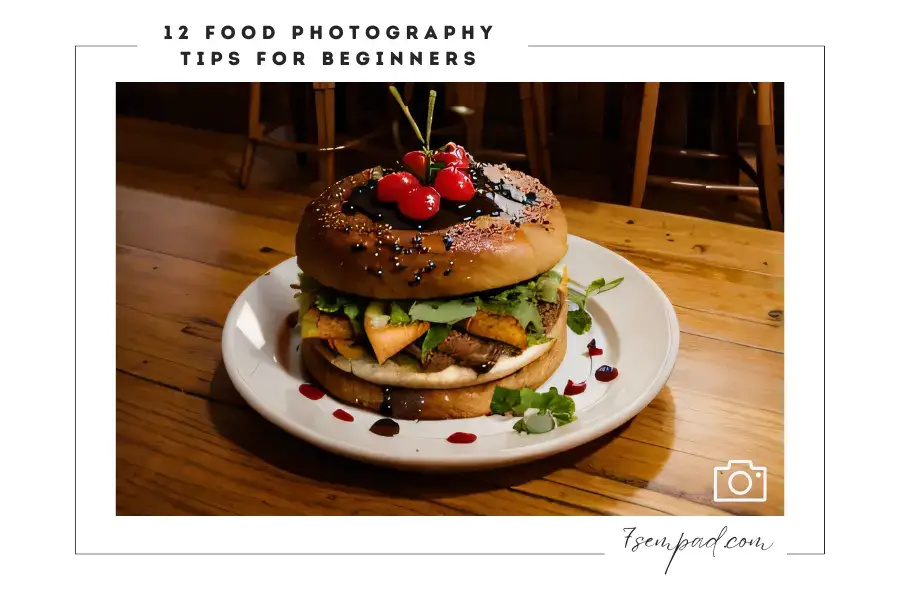
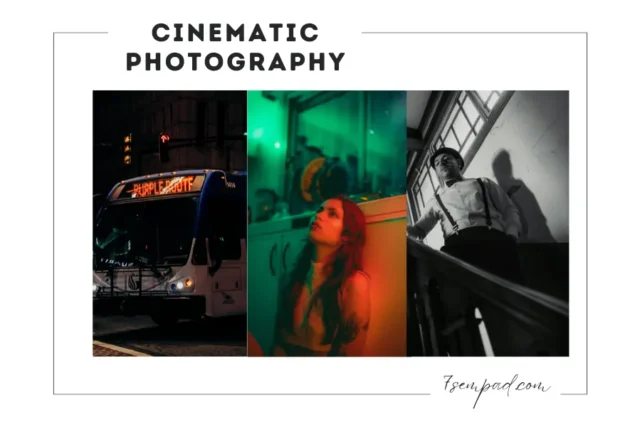
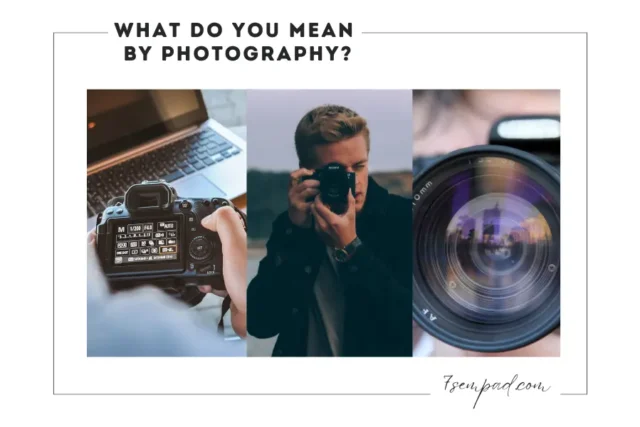
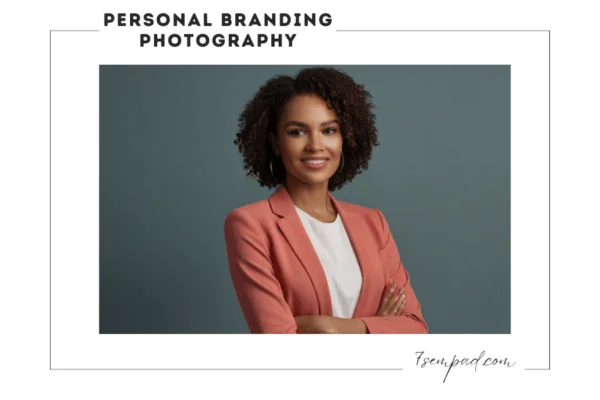
Leave A Comment